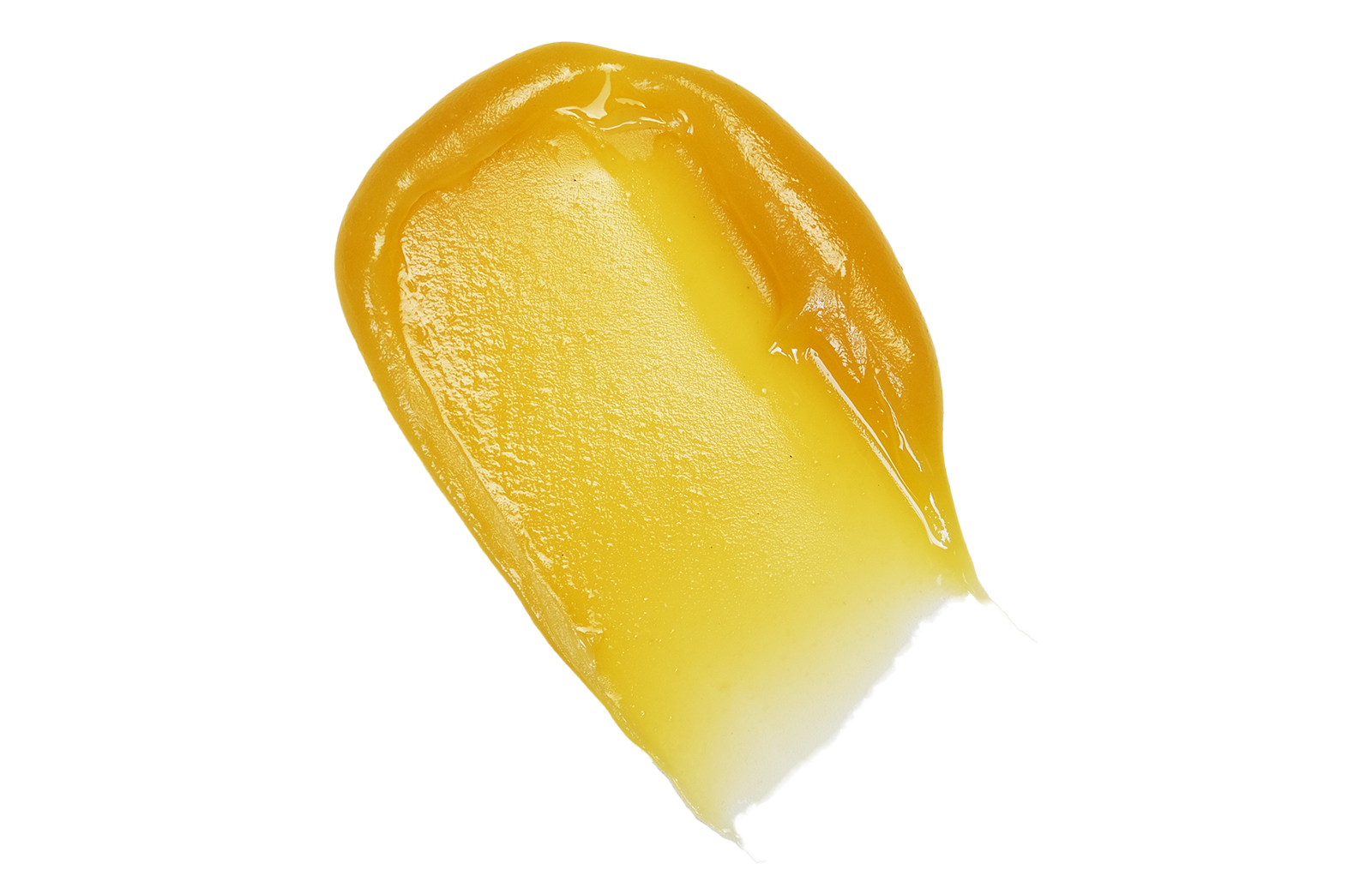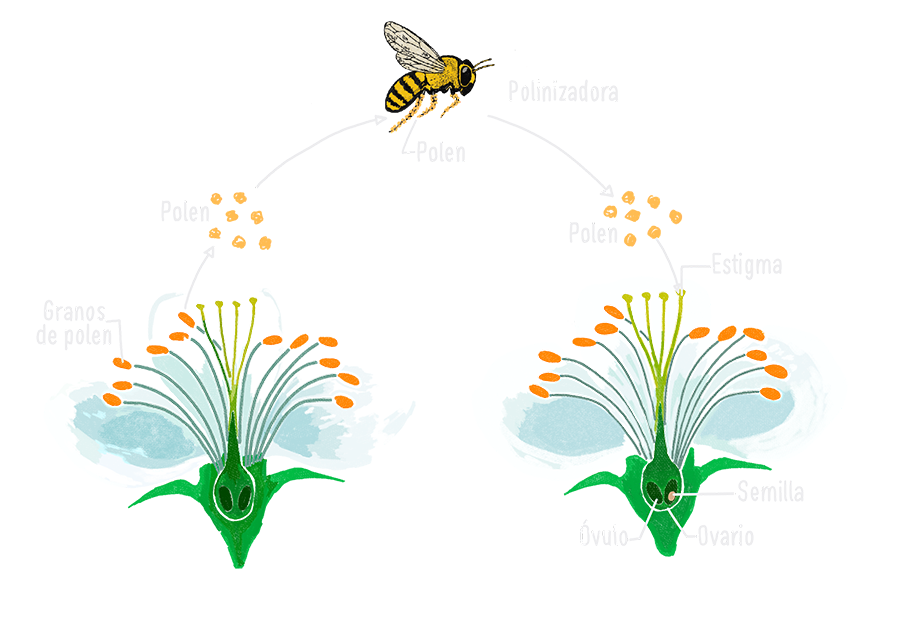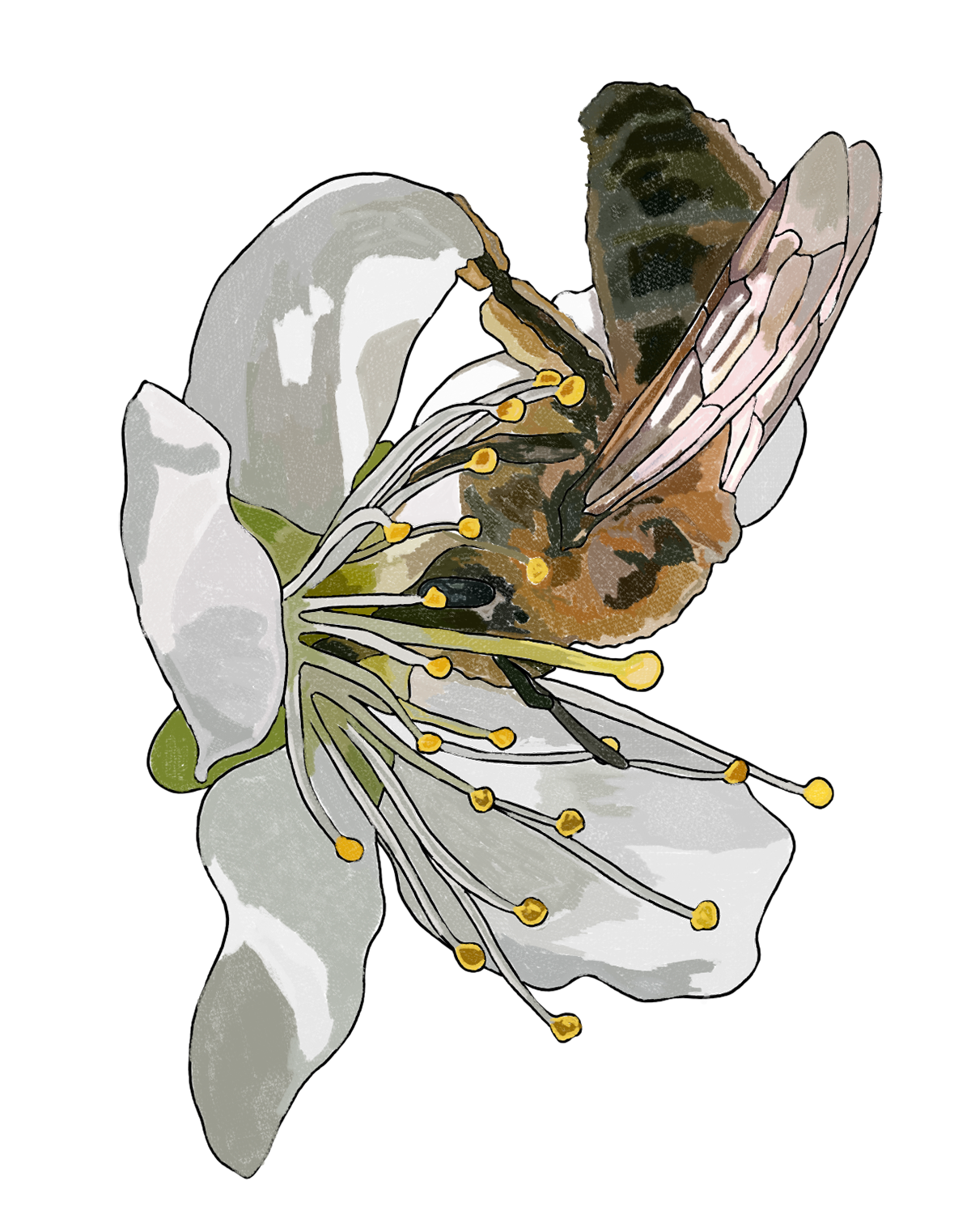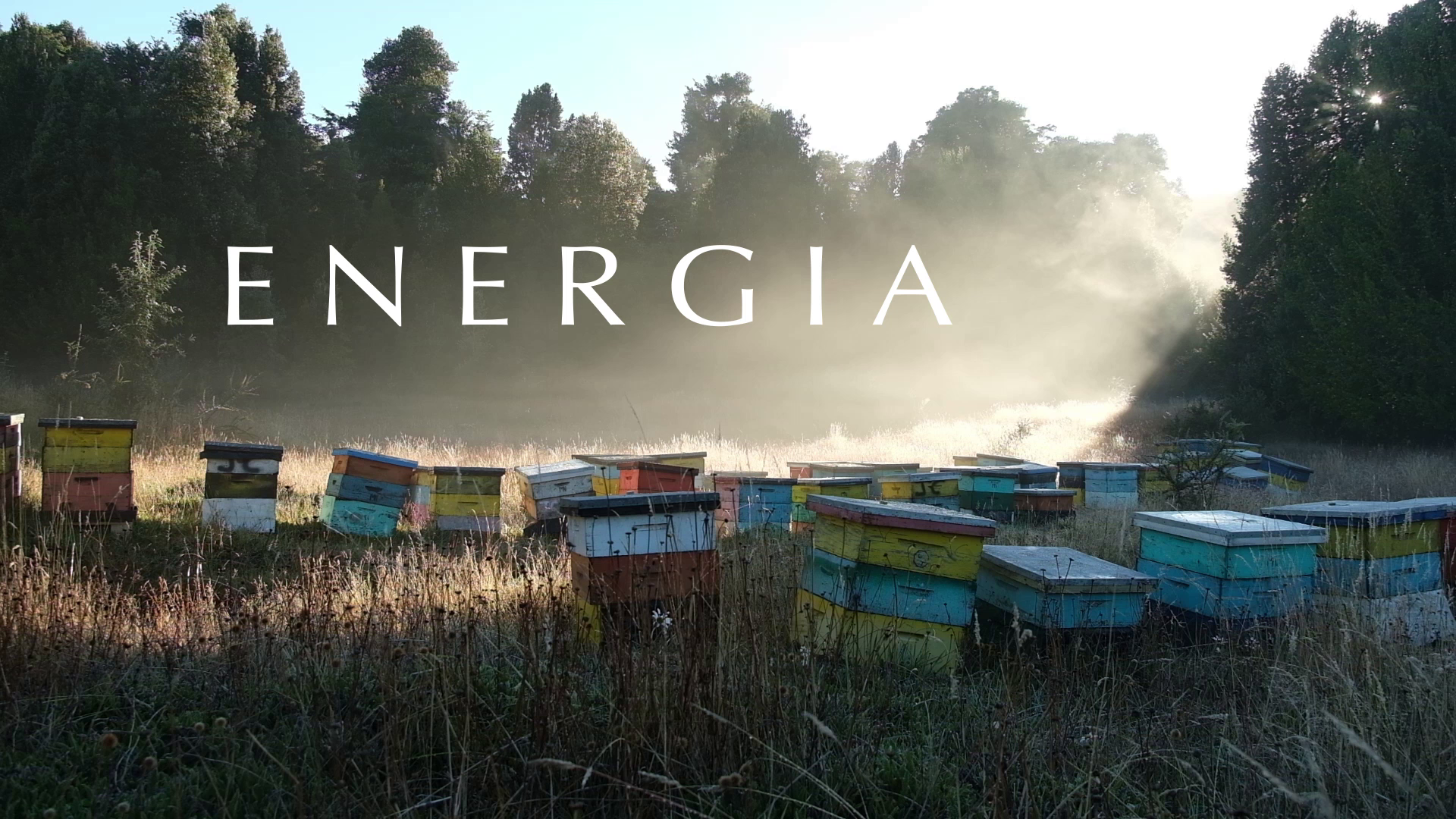Antonieta Raw Honey
Raw honey made by bees with nectar from ancient trees.
Endemic forest located in the foothills of Puerto Octay, Chile.
RAW HONEY. UNFILTERED. UNPASTEURIZED
RAW HONEY
Honey is a viscous, yellowish and very sweet substance produced by worker bees from the nectar collected from flowers.
Nectar is ingested by the bee, stored in its stomach in a honeycomb crop, combined with specific substances, and then deposited in the hive cells until it matures.

Energy
POTENTIAL . KINETICS. INTERNAL
Energy is the capacity of bodies to perform work due to their position (potential energy), their movement (kinetic energy) and their composition (internal energy).
“Energy is neither created nor destroyed, it only transforms.”
In the universe there can be no creation or disappearance of energy.
The roller coaster example expresses a graphic view of the 3 main categories of energy according to physics: potential energy, kinetic energy, and internal energy.


POLLINATION
When a bee collects nectar, it carries pollen grains from the male part of one flower (anther) to the female part (stigma) of another flower. The result of this transfer is the fertilization of the plant.
Some of this pollen falls into the nectar the bee collects, which will appear in the honey made from it. Pollen determines the botanical and geographical origin of the honey.
Nectar
Nectar is the most important raw material for honey production; it is produced by flowers to attract pollination.
According to the first Greek poets, nectar was the drink of the gods, honey was considered a dew, a manna fallen from heaven.
MONOFLORAL
Monofloral Raw Honey production requires bees to collect nectar from only one species of flower.
This means that hives should be located in areas where flowers are in bloom and abundant, and the climate must be optimal to ensure a high-quality honey harvest.
The main advantage of monofloral honey is its distinctive color, flavor, and aroma, which reflects the characteristics and properties of the flower's flavonoids.
Antonieta Raw Honey is produced in El Cabrito, an endemic forest near Puerto Octay, a paradise for bees. This forest boasts three abundant honey-producing trees: Tineo (Palo Santo), Tiaca, and Ulmo.










